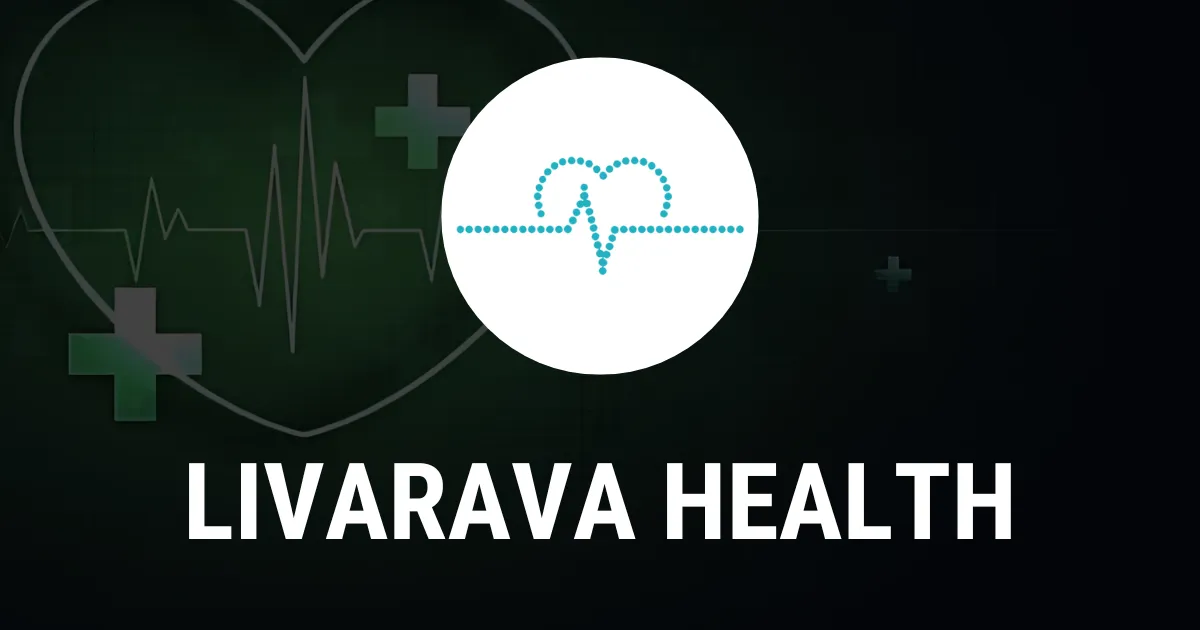Maternity Care Deserts: Understanding the Shortage of OBGYN Care

Maternity Care Deserts in the U.S.
Maternity care deserts are areas lacking adequate access to OBGYN services, and the alarming data shows that over 35% of U.S. counties fall into this category. Expectant mothers residing in these regions often face significant barriers, including lengthy travel times to the nearest healthcare facilities. In some cases, they are forced to drive more than an hour to receive care essential for their pregnancy.
The Impact of Limited Access
The absence of local maternity care can have serious implications for maternal and child health. Access to timely care ensures that health complications can be identified early and managed appropriately. Access constraints may lead to adverse outcomes, including increased stress and fewer prenatal visits.
Finding Solutions
- Advocating for improved healthcare policies
- Incentivizing healthcare professionals to practice in underserved areas
- Utilizing telemedicine to bridge urban and rural care gaps
Addressing the issue of maternity care deserts is essential for ensuring healthier futures for mothers and their babies across the nation.
Disclaimer: The information provided on this site is for informational purposes only and is not intended as medical advice. We are not responsible for any actions taken based on the content of this site. Always consult a qualified healthcare provider for medical advice, diagnosis, and treatment. We source our news from reputable sources and provide links to the original articles. We do not endorse or assume responsibility for the accuracy of the information contained in external sources.
This article was prepared using information from open sources in accordance with the principles of Ethical Policy. The editorial team is not responsible for absolute accuracy, as it relies on data from the sources referenced.